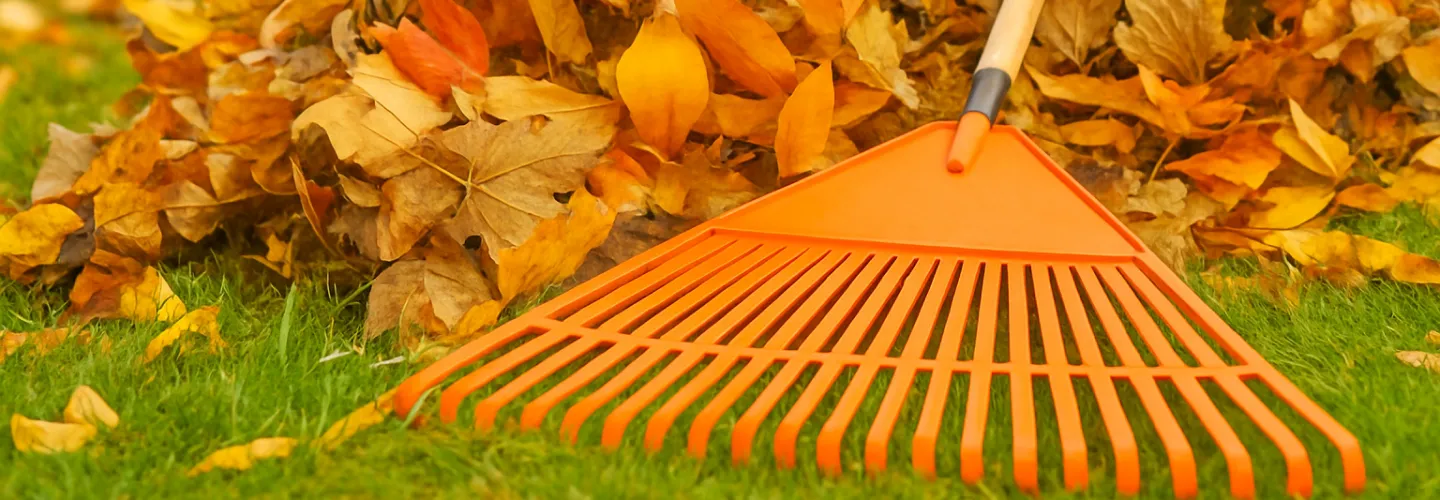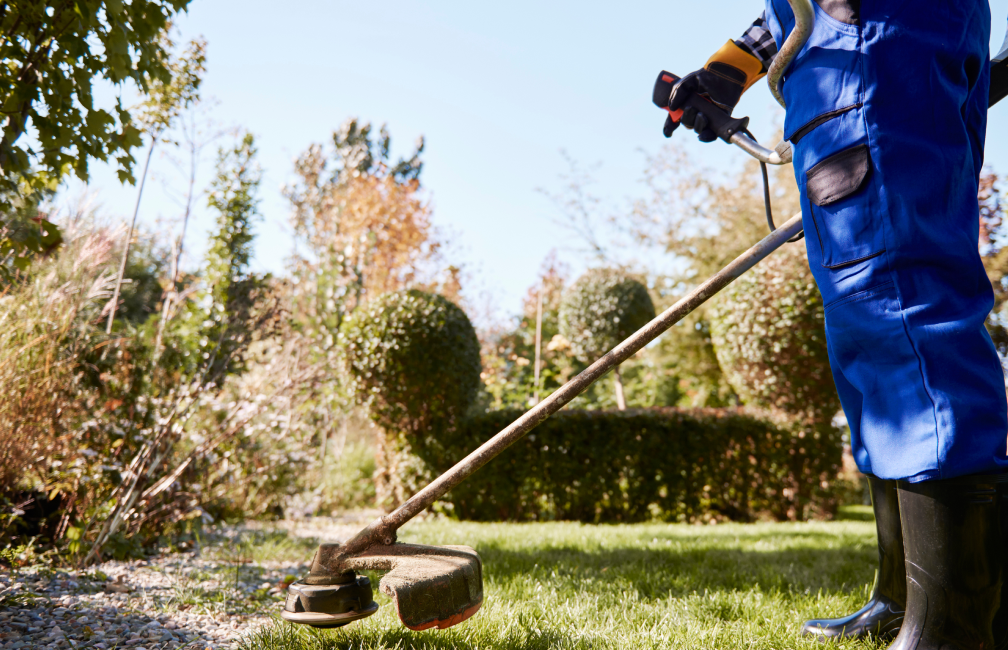
Belmont Lawn Mowing Services
Choose our professional lawn mowing for reliable, affordable, and meticulous service that keeps your yard looking its best all season long.
Get a Free QuoteWhen to Schedule Lawn Mowing in Belmont, MA – Seasonal Guide
In Belmont, MA, the timing of your lawn mowing routine is shaped by the town’s unique climate and landscape. The growing season typically begins in late April, after the last frost, and extends through October. Early spring mowing helps manage rapid grass growth spurred by warming temperatures and increased rainfall, while late fall mowing prepares your lawn for winter dormancy. Neighborhoods like Payson Park and Winn Brook, with their mature tree canopies, may experience different mowing needs compared to the open lawns near Belmont Hill, where sun exposure accelerates growth.
Local environmental factors such as Belmont’s variable humidity, occasional summer droughts, and the prevalence of clay-rich soils all play a role in determining the best mowing schedule. Homeowners should also be mindful of municipal guidelines and seasonal updates provided by the Town of Belmont, which may affect when and how often you can mow.
Local Factors to Consider for Lawn Mowing in Belmont
- Tree density and shade coverage (affects grass growth rates)
- Soil type (clay, loam, or sandy soils influence moisture retention)
- Terrain and slope (impacts mowing safety and frequency)
- Precipitation patterns and drought risk
- Frost dates (late April to early November)
- Municipal restrictions or noise ordinances
- Proximity to landmarks like Clay Pit Pond or Belmont High School (microclimates may vary)
Benefits of Lawn Mowing in Belmont

Professional Lawn Care Experts
Consistent Scheduling
Enhanced Curb Appeal
Time-Saving Services
Eco-Friendly Practices
Reliable Local Team

Belmont Lawn Mowing Types
Residential Lawn Mowing
Commercial Lawn Mowing
Ride-On Mowing Services
Slashing and Acreage Mowing
Edging and Trimming
Seasonal Lawn Maintenance
Lawn Striping and Patterns
Our Lawn Mowing Process
Site Evaluation
Lawn Preparation
Mowing Execution
Edging and Trimming
Cleanup
Why Choose Belmont Landscape Services

Belmont Homeowners Trust Us
Expert Lawn Maintenance
Reliable Scheduling
Competitive Pricing
Professional Team
Satisfaction Guarantee
Personalized Service
Understanding Belmont’s Lawn Care Regulations, Seasonal Rules, and Neighborhood Factors
Belmont, Massachusetts, is a welcoming town with neighborhoods such as Waverley Square, Belmont Hill, and Payson Park, each offering unique landscapes and community expectations. Maintaining your property here means adhering to town guidelines on grass height, debris removal, and environmental protection. The Belmont Department of Public Works (DPW) oversees trash, recycling, and yard waste programs, with curbside schedules and details found on the Refuse & Recycling and Yard Waste Collection pages. For larger loads, use the Transfer Station.
Belmont Department of Public Works
19 Moore Street, Belmont, MA 02478
(617) 993-2680
Permits, Fines, and Noise Rules for Lawn Mowing in Belmont
Many Belmont properties are near wetlands, brooks, or protected open space. Any landscaping or construction activity within 100 feet of these resources requires a permit from the Belmont Conservation Commission. Wetlands rules and application information are found on the Wetlands Protection (PDF) page. Failure to comply can result in fines and required restoration.
Belmont’s General Bylaws detail noise limits, which generally allow powered lawn equipment between 7:00 am–7:00 pm weekdays and 8:00 am–5:00 pm weekends. Complaints may lead to enforcement.
Belmont Conservation Commission
19 Moore Street, Belmont, MA 02478
(617) 993-2667
Environmentally Friendly Lawn Care: Water Use, Fertilizer, and Stormwater Laws
Protecting waterways such as Wellington Brook and Clay Pit Pond is a priority for Belmont. The Stormwater Management program prohibits dumping yard waste, leaves, or chemicals in storm drains or water bodies. Fertilizer should not be applied within 25 feet of water features, and residents are encouraged to mow high (3–3.5 inches), mulch clippings, and use the Transfer Station for composting and debris disposal.
Clipping Disposal, Composting, and Yard Waste Rules
Curbside yard waste pickup is provided during posted weeks in the spring and fall, with details found on the Yard Waste Collection page. Use paper bags or open barrels—plastic bags are not allowed. Large loads or brush may be brought to the Transfer Station. Dumping in streets or drains is prohibited and subject to fines.
Green Building, Zoning, and Preparing Lawns for Belmont’s Climate
Substantial landscaping or new construction must comply with the Belmont Zoning Bylaws. Belmont’s soils, mostly loam and sandy loam, are best maintained with deep watering and native grass blends. Rain gardens and buffer strips are recommended for runoff control and wetland protection.
Parks, Recreation, and Community Lawn Expertise
The Belmont Recreation Department manages public fields, parks, and event spaces. Contractors and volunteers working on town land must follow mowing, fertilizer, and cleanup guidelines. Permits, schedules, and facility information are found on the Recreation Department website.
Belmont Recreation Department
19 Moore Street, Belmont, MA 02478
(617) 993-2760
Navigating Code Enforcement, Buffer Zones, and Violations
Belmont’s General Bylaws and Wetlands Protection (PDF) rules are enforced for property, noise, and environmental violations. Use the Belmont GIS Maps portal to check property boundaries or proximity to conservation areas. Dumping debris or failing to comply with buffer requirements may result in fines.
Choosing the Right Mowing Height for Belmont Lawns
For the best results, Belmont experts recommend mowing at 3–3.5 inches. This height encourages deep roots, conserves water, and keeps lawns lush throughout New England’s seasons.